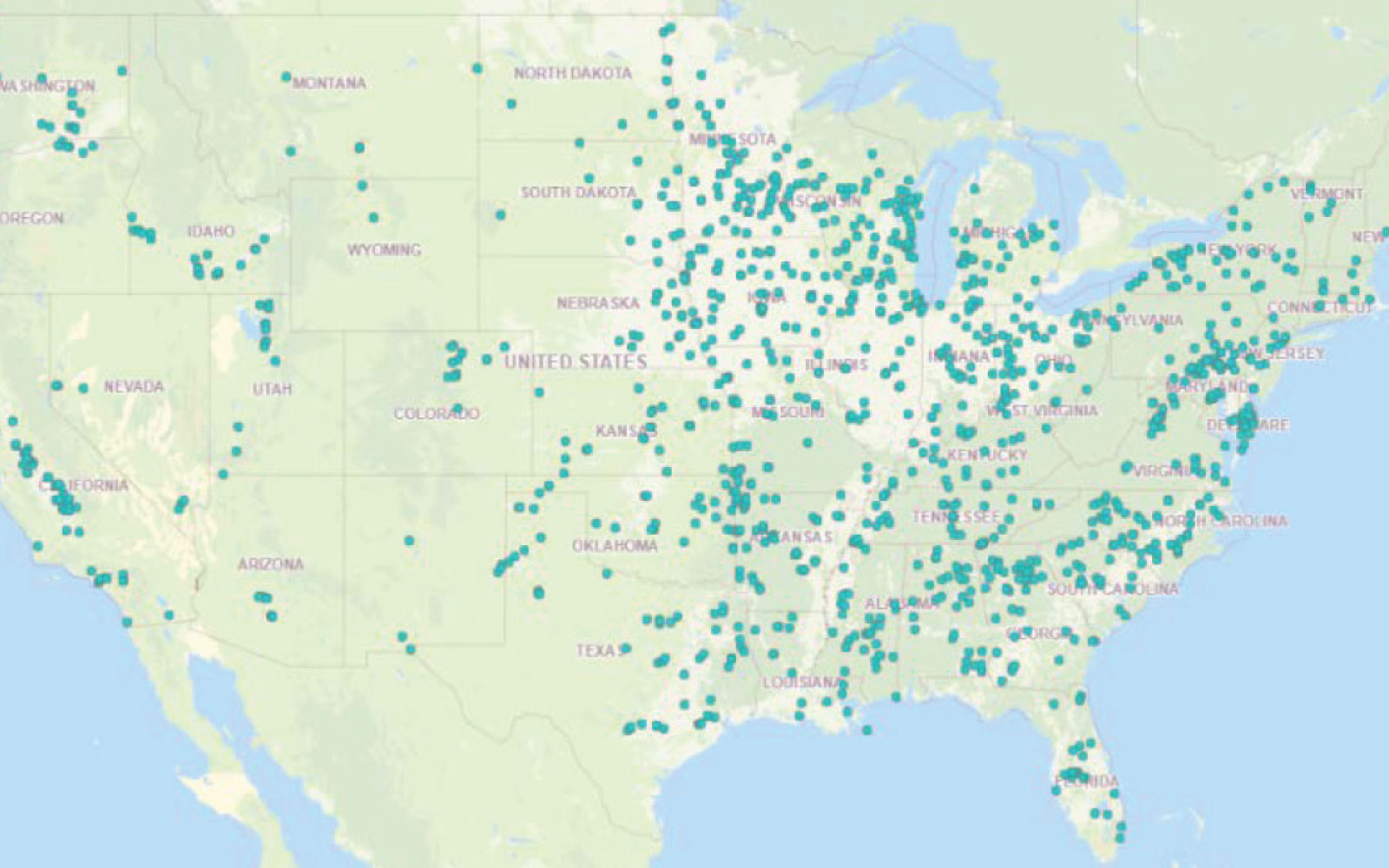Analyses to Assist EPA in Selecting New National Emphasis Areas for State Pollution Prevention Grants

Project Brief
The Challenge
The U.S. Environmental Protection Agency turned to ERG to perform a complex analysis of sector- and state-level environmental and economic data to determine priorities for its P2 grant program and guide distribution of an estimated $9.3 million in federal funds.
ERG's Solution
ERG identified potential sources of environmental data on toxic releases, air emissions, and water discharges, as well as economic data on number of establishments and employment at both state and sector levels. We discussed the pros and cons of each data source with EPA and proposed a method to model the multi-layered data based on an approach used in multi-faceted global analyses. Based on EPA input, ERG modified the model several times to meet the Agency’s needs, quickly turning around each iteration. Upon completing the model, ERG coupled the environmental data with locational data to create maps for each EPA Region and sector for presentation at a national meeting of Regional Division Directors in the Agency’s Office of Chemical Safety and Pollution Prevention. ERG’s transparent and complete analysis enabled the EPA’s Headquarters and Regions to select the most appropriate sectors as National Emphasis Areas. The analysis enables EPA to direct resources and funding to sectors expected to generate more impactful and measurable results.
EPA was under a tight timeline to select the NEAs prior to the scheduled announcement of the next grant cycle. With ERG’s knowledge of the environmental and economic data sources and our modelling expertise, we were able to deliver the analysis ahead of schedule.
Client
U.S. Environmental Protection Agency